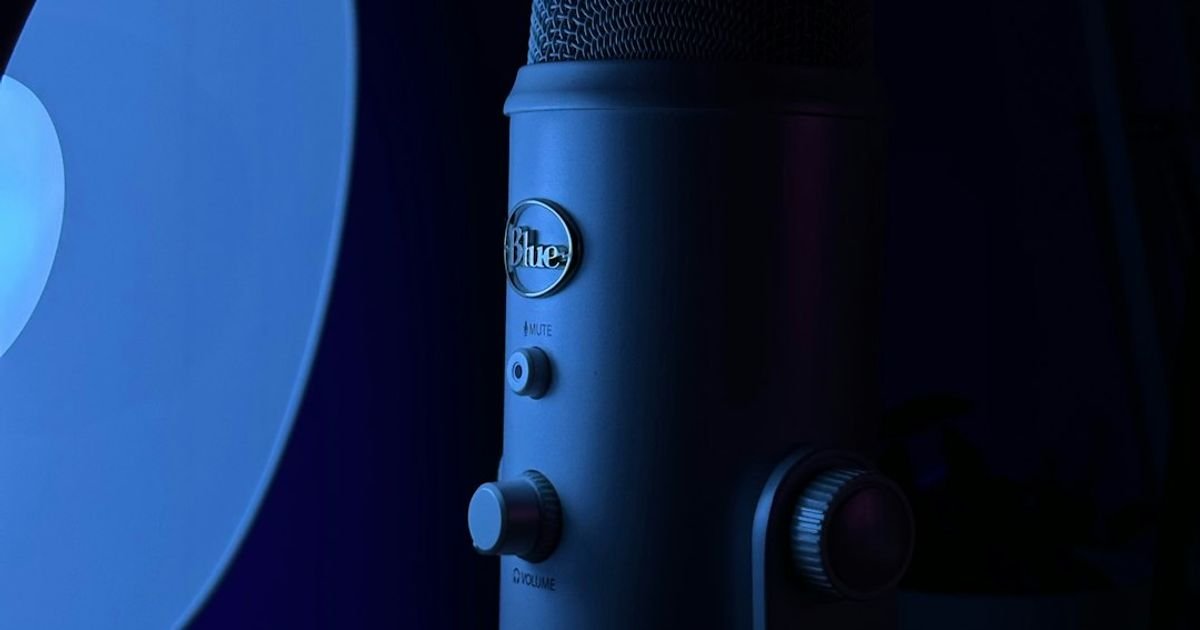About Prompt
- Prompt Type – Dynamic
- Prompt Platform – ChatGPT, Grok, Deepseek, Gemini, Copilot, Midjourney, Meta AI and more
- Niche – Audio Enhancement
- Language – English
- Category – Audio Processing
- Prompt Title – AI Prompt for Enhancing Voice Quality in Podcast Recordings
Prompt Details
This prompt is designed to be adaptable across various AI audio processing platforms for enhancing voice quality in podcast recordings. It utilizes dynamic fields to allow for customization based on the specific audio file and desired outcome. It aims to provide detailed instructions while adhering to prompt engineering best practices.
**Prompt Structure:**
“`
Task: Enhance the voice quality of a podcast recording while preserving naturalness and minimizing artifacts.
Input Audio File: {audio_file_path}
Output Audio File (Desired Format): {output_file_path} (e.g., /path/to/output.wav, specify desired format like .wav, .mp3, etc.)
Processing Objectives (Choose relevant objectives and provide specific parameters where applicable):
* Noise Reduction:
* Level: {noise_reduction_level} (e.g., light, moderate, aggressive)
* Target Noise Profile: {noise_profile} (e.g., background hum, hiss, wind, static, or provide a sample noise profile audio file path)
* Preserve Background Music/Ambience: {true/false} (If true, specify the desired level of preservation – e.g., low, medium, high)
* EQ and Compression:
* EQ Target: {eq_target} (e.g., balanced, warm, bright, podcast voice, or provide a specific EQ curve/preset)
* Compression Level: {compression_level} (e.g., light, moderate, heavy, or provide specific attack, release, threshold, and ratio values)
* De-essing: {true/false} (If true, specify the aggressiveness – e.g., light, moderate, heavy)
* Clarity and Intelligibility:
* Reduce Sibilance: {true/false}
* Enhance Speech Clarity: {true/false}
* Reduce Plosives: {true/false}
* Mouth Click Removal: {true/false}
* Loudness Normalization:
* Target Loudness (LUFS): {-16, -19, or other desired LUFS value}
* True Peak Limiting: {-1dBTP, -2dBTP, or other desired dBTP value}
* Additional Processing (Optional):
* Remove Background Music: {true/false} (If true, specify the method – e.g., music suppression, source separation)
* Isolate Vocals: {true/false}
* Voice Cloning/Transformation (If supported by the platform): {target_voice_profile} (Provide a sample audio file of the target voice)
* Add Reverb/Delay: {reverb_preset or specific parameters}, {delay_time and feedback}
Output Quality Preferences:
* Prioritize Naturalness: {true/false}
* Prioritize Clarity: {true/false}
* Artifact Reduction Priority: {high, medium, low}
Advanced Settings (If supported by the platform):
* Algorithm Selection: {specific algorithm name if applicable}
* Sample Rate Conversion: {desired sample rate}
* Bit Depth Conversion: {desired bit depth}
* Dithering: {true/false}
Evaluation Metrics (Optional):
* Provide objective metrics like PESQ, STOI, or VISQ scores.
* Offer subjective feedback on the perceived quality improvement.
Example Usage: Enhance podcast audio with moderate noise reduction and balanced EQ.
Input Audio File: /path/to/podcast_episode.wav
Output Audio File: /path/to/enhanced_podcast_episode.wav
Noise Reduction: Level: moderate
EQ Target: balanced
Loudness Normalization: Target Loudness: -16 LUFS
“`
**Explanation of Dynamic Fields:**
* `{audio_file_path}`: Path to the input audio file.
* `{output_file_path}`: Path and desired format for the output audio file.
* `{noise_reduction_level}`: Level of noise reduction.
* `{noise_profile}`: Description or a sample file of the target noise.
* `{eq_target}`: Desired EQ profile.
* `{compression_level}`: Level of compression or specific parameters.
* `{LUFS}`: Target loudness level in Loudness Units Full Scale.
* `{dBTP}`: Target True Peak level in decibels True Peak.
* Other fields within `{}` are similarly customizable based on the desired processing.
**Using the Prompt:**
1. **Adapt the prompt:** Replace the bracketed placeholders with specific values for your audio file and desired processing.
2. **Select the relevant processing objectives:** Choose the objectives that address the specific issues in your podcast recording.
3. **Prioritize quality preferences:** Indicate whether naturalness, clarity, or artifact reduction should be prioritized.
4. **Utilize advanced settings (optional):** If the platform allows, use advanced settings for further customization.
5. **Include evaluation metrics (optional):** Request objective or subjective feedback on the enhanced audio.
This dynamic prompt provides a comprehensive and flexible framework for enhancing podcast voice quality across different AI platforms. By carefully adjusting the parameters, you can achieve optimal results tailored to your specific needs. Remember to consult the documentation of your chosen AI platform for platform-specific instructions and parameter options.

